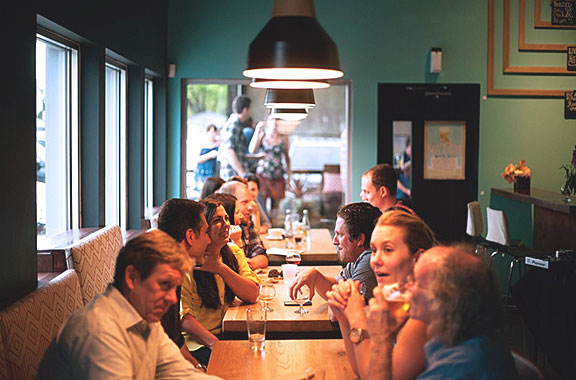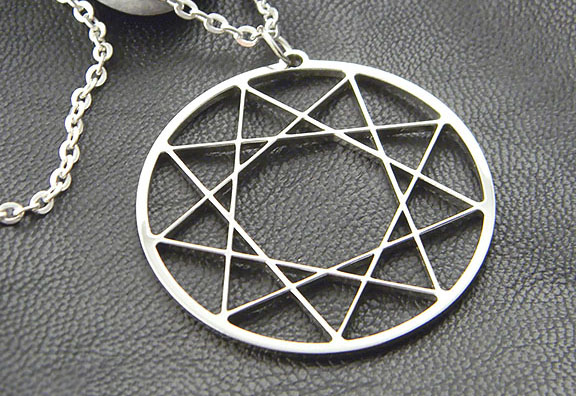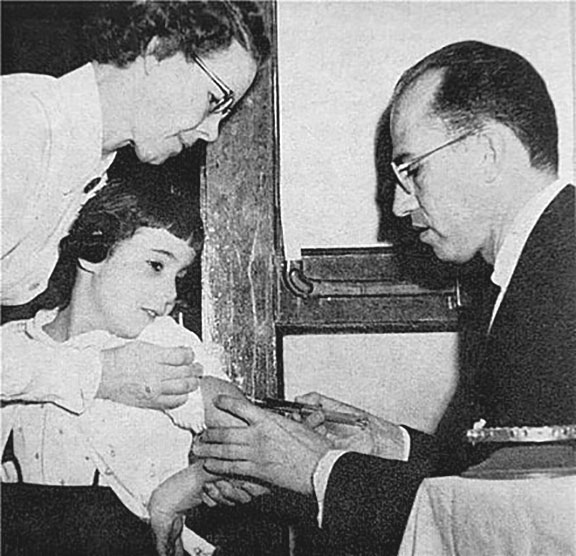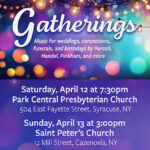Seats at the Table
Recently, I enjoyed dinner at a west side restaurant with a dining group. One young man wore an enneagram pendant about which I wanted to ask but didn’t. Another diner commented on my regional pronunciation of the word roof while, at my end of the table, another young woman identified herself as a kindergarten teacher which prompted a diner, from my generation, to say that she’d started school in the first grade and always felt she missed something. I spoke up about my having started kindergarten when I was four and my walking alone the half mile to my school. The kindergarten teacher expressed surprise so I explained that, back then, my school enrolled children who would reach the age of five by November and we didn’t have school buses. The woman who missed kindergarten interjected that the streets weren’t always safe for children. I agreed. The kindergarten teacher said we’d provided perspective.
Demographically diverse social gatherings do provide opportunities to share different perspectives.
Today I believe I was too young to start kindergarten. I’d been told back then that I’d have to catch up to my older classmates, some of whom had older siblings to help them. I started off struggling to tie my shoes in a parochial school culture where, just over a year later, I and my fellow first graders, most of whom had reached the Church’s official age of moral reason: seven, made our First Confessions and our First Communions. I was six.
The student in me still wants a gold star for geography so, back home after dinner, I utilized Google Earth to measure the distance between my childhood home and my school: 4/10 of a mile; one half mile would take me into I690, a highway which didn’t exist when I measured my travels in city blocks while I, myself, was being measured with letter grades and competitive standardized test percentiles that probably didn’t reflect age or other individual differences, just as, I suspect, Google Earth probably doesn’t precisely measure distances by topography.
Back to the dinner: I noticed my fellow diner’s enneagram pendant because I’ve studied “The Enneagram.” Enneagram derives from the Greek term for nine and refers to a system involving nine personality types and their associated vices, virtues, weaknesses, and strengths. I heard about “The Enneagram” in the 1980’s from a man I met in a 12 Step codependency support group. Discussing outside topics was forbidden in support group meetings so, after meetings, often over dinner, some of us shared our personal self-help reading and experiences. I was, as of then, still unaware that a traumatic brain injury from childhood had drastically altered my memory and potential. Not remembering one’s lived experience is like trying to manage a corporation whose hierarchy develops strategies over dinner in clubs you’re not allowed to join.

Things are getting better.
My new golf sandals have easily adjustable Velcro straps.
We can go out for group dining adventures.
I’ve gotten the COVID vaccine. I’ve worn masks and haven’t gotten any colds. And I believe it’s possible that the Sars-Cov-2 virus may have both been developed in and escaped from a testing lab in Wuhan, China because I have read about how Lyme Disease was first discovered and named in Lyme, Connecticut which is just across the water from the US government’s Animal Disease Center on Plum Island, NY. I’ve seen Lyme Disease concentration maps. In our interconnected living ecosystem defined by space and time, experts have conducted experiments with neither the test subjects’ nor the people’s informed consent. I suppose there have been unpublicized glitches.
PBS’s June 15 episode of “American Experience: The Polio Crusade” describes how one bad batch of vaccine gave people polio. Polio was much discussed during my early childhood and “The Polio Crusade” provides context about how vaccines are developed. Dr. Albert Sabin, who developed the oral vaccine, disagreed with Dr. Jonas Salk about how quickly to roll out testing of Salk’s dead virus inoculation.
Dr. Salk first tested his vaccine on monkeys; then, in 1952, he tested the vaccine on 43 children in the D.T. Watson Home for Crippled Children. Later, Salk acquired test subjects from orphanages, and, from homes for the “feeble-minded.” When those results were in, Dr. Salk inoculated himself and his family.

When I attended grade school, angry, frustrated, or mean teachers often spit the words “feeble-minded,” “moron,” and “idiot” at children who might be fidgety, dyslexic, timid, inattentive, or tired, and, of course, this is not to suggest that there is some category of disability that renders anyone suitable for experimentation without their fully informed consent. I understand why not everyone wants the COVID vaccine. My reading suggests medical and scientific experimentation has long been carried out on demographically diverse groups of soldiers, students, and institutionalized persons who believed they were assisting in some supposed common good. We might all benefit from reading medical history, popular science publications, and literature describing human physiology. Our bodies and minds are one. We should know how we function. Many of us don’t.
I really enjoyed the group dinner; the food was great; and different people shared lots of interesting personal perspectives. The event felt normal.
Normal is a relative term so I hope the new normal will be normally healthy and friendly.
Happy Independence Day!











